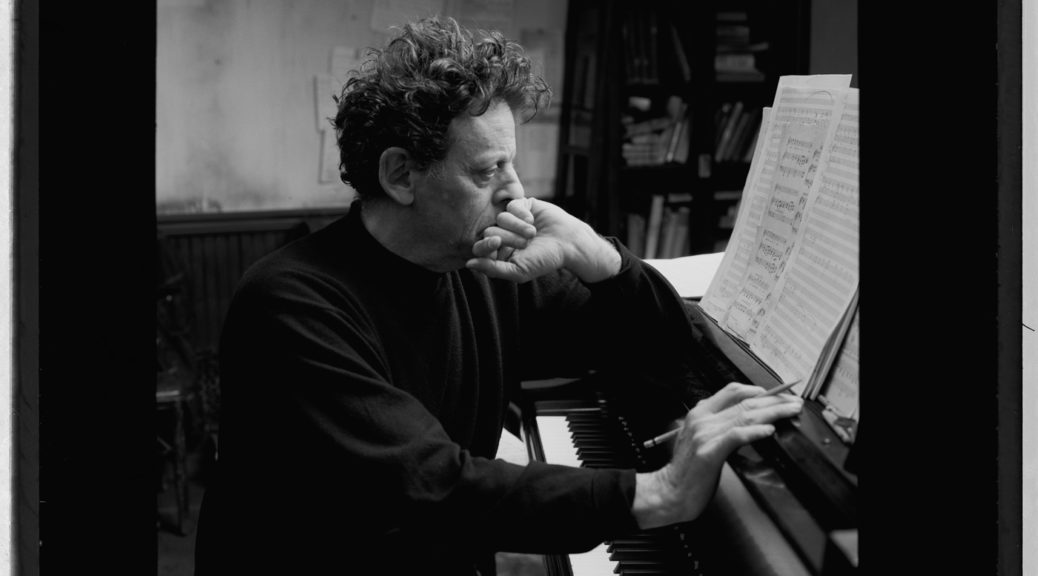
GLASS TREADING ON OLD GLASS
Philip Glass has a unique hold on a huge, diverse audience, and he is one of only three or so living American composers with an instantly recognizable style. When the composer-synthesist played this week before a near-sold-out Davies Hall crowd, he got an instant standing ovation at the end. During the preceding nonstop 90 minutes, hypnotic and repetitious though his music be, I only saw one patron in more than 40 around me dozing off. Glass may just be the pied piper of our times.
Glass hit a responsive chord in his audience Feb. 20 with his warm bath of static sound, heavily amplified, powerful enough to make the floor tremble (free foot massage!). His main tool was minimalism to the core, with the unwavering fast chatter of keyboard ostinatos and a consonant, major-key overlay. It’s like staring at a lovely kaleidoscope offering infinitely slow changes. A propos his 80th birthday a year ago, he revised one of his oldies for the Philip Glass Ensemble, “Music with Changing Parts” (1970), adding brass choir and wordless women’s voices. And there he was, active as ever, playing one of the synthesizers while reading from two different scores. His only concession to the passage of time appears to be using reading glasses.
This work demands a no-pause, nonstop flow, testing the Sitzfleisch of the listener; it’s arguably more a form of psychotherapy in our fast-paced world than a concert experience.
Listen very closely and a few contours appear in his sonic continuum, like murky shadows on a foggy night, taking shape after the first half hour. You yearn to have them fleshed out in order to catch the contours of the soprano sax, flutes, trombones or voices.
Adding more to the visual than sonic mix were some 36 voices of the SF Girls Chorus. Their conductor, Valérie Sainte-Agathe, had developed an elaborate set of a dozen or more hand-signal cues, as even the musicians were challenged to know exactly where they stood in the big score. It made your downtown-crossing wigwagging traffic cop look like a rank amateur in comparison. The principal conductor listed, the Ensemble’s Michael Riesman, confined himself to raising a hand occasionally to signal a new segment. A great job, if you can get it!
As a therapeutic experience, the hour and a half of high-volume consonance in “Changing Parts,” punctuated by a few contrasting rhythmic pulses, is effective enough to produce exuberant ovations at the end; clearly, 1970s minimalism is not yet passé. But as a musical experience, a variety of 20-minute works would be far more effective, at least from this vantage point.
The brass choir was from the S.F. Conservatory of Music.
Glass’ “Music with Changing Parts,” at Davies Hall Feb. 20, presented by S.F. Performances. For SFP info: (415) 392-2545, or go online.